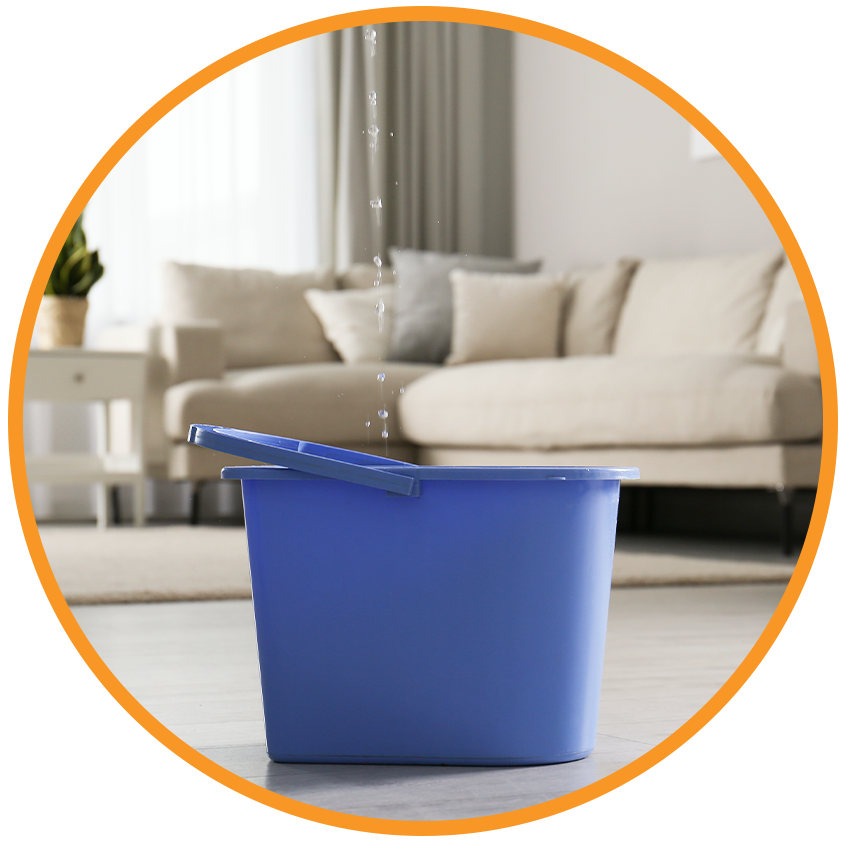
Expert Guide: 5 Crucial Steps to Repair Water Damage Effectively
Water damage is an alarming issue for any homeowner. From minor leaks to extensive flooding, water damage can rapidly deteriorate your home’s structure, damage personal belongings, and even pose health hazards like mold growth. Swift action and proper methods are essential for mitigating these risks. This comprehensive guide outlines crucial steps to tackle water damage effectively, helping you restore your home’s integrity, maintain its value, and ensure your family’s safety. To effectively manage severe
, immediate professional attention is essential.
Step 1: Quickly Locate and Address the Water Source
Identifying the exact source of water damage is your first priority. Quickly addressing the issue stops further harm and prevents secondary problems such as mold growth or structural weakening.
- Check areas prone to leaks, including bathrooms, kitchens, basements, and roofs.
- Look for signs like water stains, peeling paint, bubbling wallpaper, or sagging ceilings.
- Immediately shut off the water supply to the affected area to prevent additional water ingress.
Common Sources of Household Water Damage:
- Burst or leaking pipes
- Faulty plumbing fixtures
- Roof leaks
- Appliance malfunctions (washing machines, dishwashers)
Step 2: Thoroughly Remove Damaged Drywall and Materials
Once you’ve controlled the leak, removing all water-damaged drywall and materials is crucial to prevent further issues. Proper cleanup ensures restoration will last longer and be more effective.
- Protect flooring and furniture using drop cloths or plastic tarps.
- Use appropriate safety equipment like gloves and masks when removing drywall.
- Inspect carefully for hidden damage behind walls, under flooring, and ceilings.
- Safely dispose of all affected materials to eliminate risks of contamination or mold.
Step 3: Replace, Repair, and Restore Affected Areas
After removal, accurately repairing the damaged areas restores structural integrity and appearance. Ensuring regular inspections can significantly reduce the risk of unexpected
.
- Measure and cut drywall patches slightly larger than the affected area.
- Secure drywall with screws and apply joint compound to seal gaps.
- Sand the area smoothly once dry, preparing it for painting.
Tips for Effective Drywall Repair:
- Ensure patches overlap slightly with existing drywall for stability.
- Always apply joint compound in thin layers, sanding between each for the best results.
- Ensure the wall surface is completely smooth to avoid visible repair lines after painting.
Step 4: Prime and Paint for Lasting Protection
Priming and painting the repaired areas protect them from future water damage and enhance the appearance of your interiors. Prompt action and expert intervention can greatly mitigate extensive
scenarios.
- Apply a high-quality primer designed for moisture protection.
- Use moisture-resistant paint, ideally applying two coats for best protection.
- Allow adequate drying time between primer and paint coats to ensure durability.
Step 5: Comprehensive Cleanup and Maintenance
Effective cleanup following repairs prevents future issues and maintains your home environment.
- Vacuum dust and debris thoroughly to prevent respiratory irritants.
- Dispose of hazardous materials like paint or drywall responsibly.
- Clean tools promptly after use and store them properly for future projects.
Additional Preventive Measures to Avoid Water Damage
Prevention is key to avoiding future water damage. Incorporating preventive strategies can safeguard your home significantly.
- Regularly inspect plumbing, roofs, and appliance connections.
- Install leak detection devices in high-risk areas.
- Maintain proper ventilation and humidity control using fans or dehumidifiers.
- Perform regular gutter and roof maintenance.
When to Seek Professional Restoration Services
Handling water damage can be overwhelming, particularly when extensive. Professionals ensure effective, thorough restoration.
- Persistent leaks despite repeated DIY attempts.
- Signs of mold or structural instability.
- Significant flooding or extensive damage.
Benefits of Professional Water Damage Restoration:
- Accurate assessment using specialized equipment.
- Thorough drying and dehumidification techniques.
- Effective mold prevention and remediation.
- Peace of mind with guaranteed restoration quality.
For quick and reliable help, don’t hesitate to contact restoration experts today.
Frequently Asked Questions (FAQs)
What are the common signs of water damage?
- Visible stains or discoloration
- Musty odors
- Mold or mildew
- Sagging or soft spots in walls and ceilings
Can water damage be completely repaired?
Yes, water damage can typically be fully restored, especially when addressed quickly and properly, either through DIY efforts or professional restoration services.
Does homeowner’s insurance cover water damage?
Coverage varies significantly. Typically, accidental water damage from plumbing failures or appliance leaks may be covered, but issues caused by negligence or lack of maintenance usually are not. Always review your specific policy details.
How quickly should water damage be repaired?
Address water damage as soon as possible, ideally within 24-48 hours. Quick action minimizes damage and reduces the risk of mold growth.
If you’re in Acton and dealing with severe water damage, learn more about water damage restoration services in Acton offered by local professionals at 770 Water Damage & Restoration.
Start transforming your digital presence today by visiting us.
